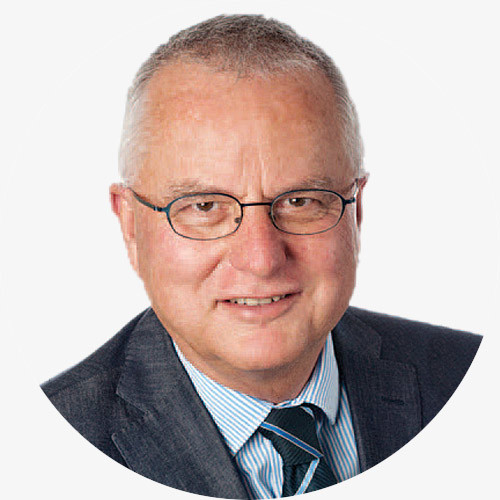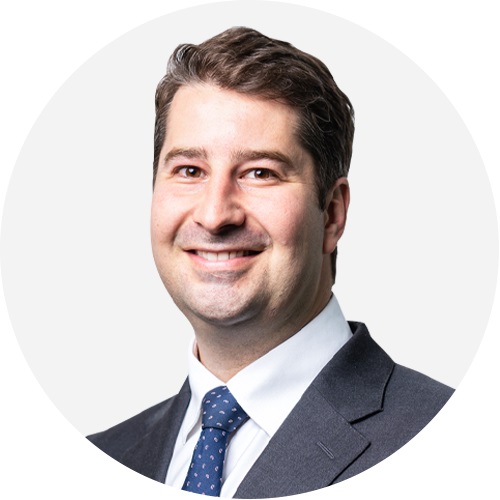Bunions
A bunion is a bony bump that forms at the base of the big toe. It is a very common problem which generally occurs when the forefoot spreads and the big toe deviates and pushes against the other toes.
When this happens, the prominent bone at the side of the big toe can rub against a person’s shoe, causing it to redden. A sac of fluid called a bursa may also develop in the tissue overlying the prominent bone. This collection of inflamed soft tissues and underlying prominent bone is what we call a ‘bunion’. If left untreated, it can become very painful and lead to further problems such as deformity of the lesser toes and occasionally arthritis.
Orthopaedics SA provides a wide range of bunion correction options, including traditional open bunion removal surgery and minimally invasive (keyhole) options.



